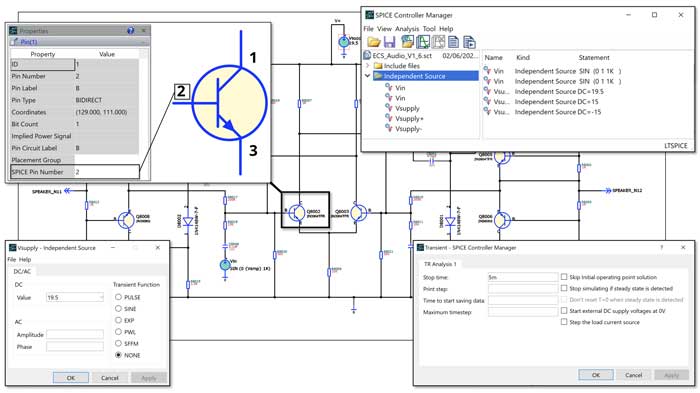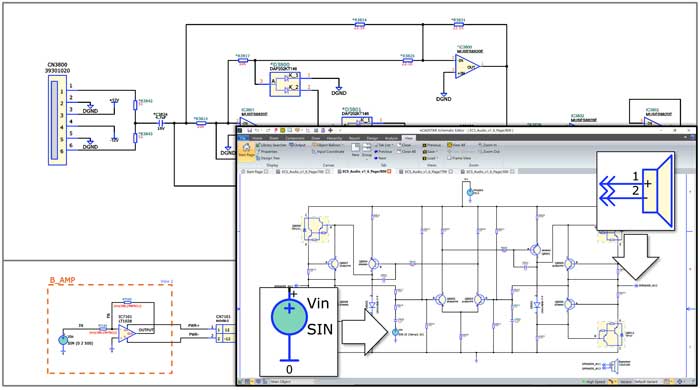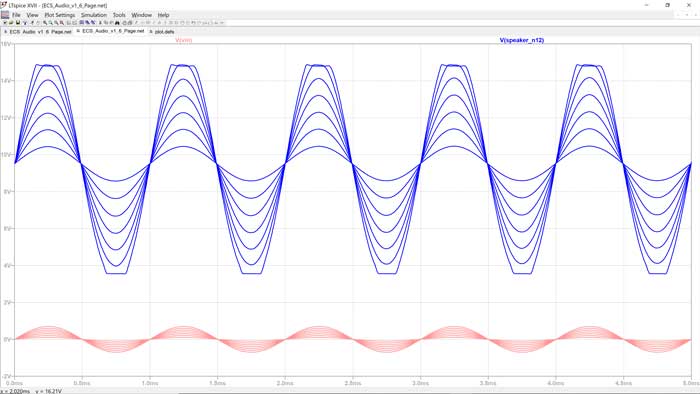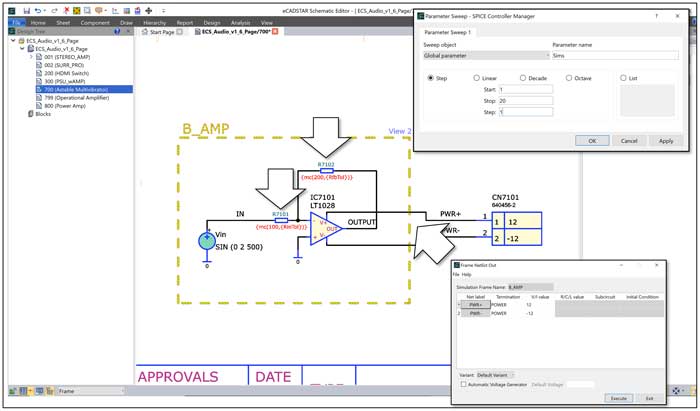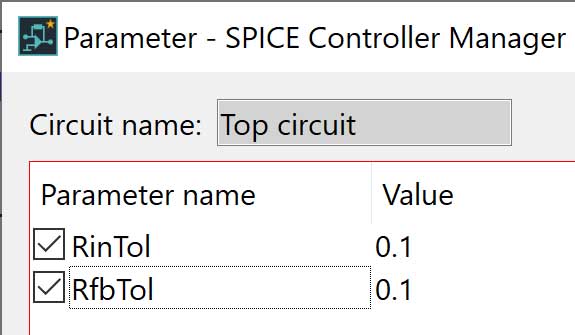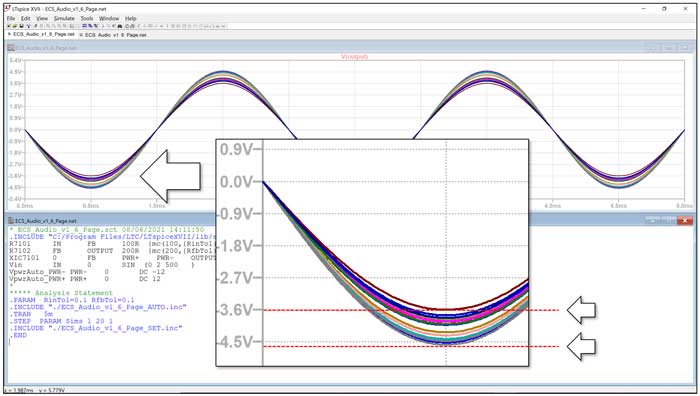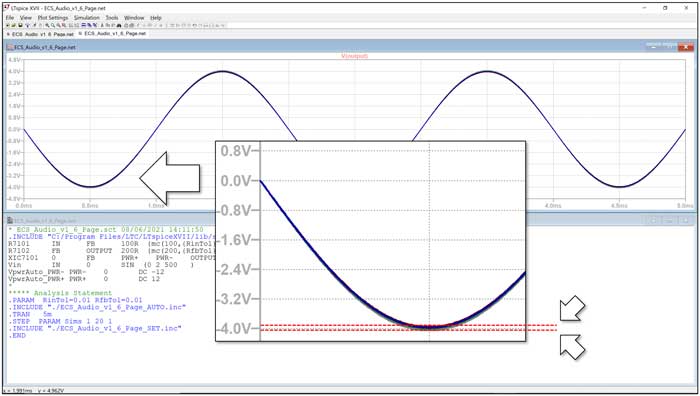Drive and organize your analog simulation more effectively
In our increasingly digitized world, analog circuits show no sign of diminishing. Mixed analog/digital designs are very common. Sensors, controllers and multimedia interfaces all include analog circuits.
Traditionally, analog analysis has been separate and tackled by specialists. There’s no substitute for expertise but keeping data in a different place is never a good idea—especially when there are engineering changes or enhancements.
With Schematic Editor SPICE Controller, you can set up simulation directly and that setup stays with your schematic design.
Once you are simulating with LTspice™, there is no substitute for experience and its extensive, freely available online information. But keeping the setup with your design data and closely linked to it makes tasks like AC analysis and corner case checking parts of a joined-up process.
Best-in-class analog simulation for your PCB designs
Schematic Editor SPICE Controller provides enriched integration, as well as ideal facilities to explore design options while keeping your setup with your schematic.
- Use the leading, proven analog simulator LTspice® while keeping key data with your eCADSTAR schematic
-
- The LTspice® SPICE circuit simulation software is free to download and use
- Explore operating ranges and passive component values dynamically, even if you have not yet assigned production parts. Decide on the tolerances, wattages, etc. that you need to make your design both economical and robust
- Perform Monte Carlo analysis to check for random combined-effect issues that can put your analog circuit’s performance out of specification, without the number of simulations getting unrealistically high


